By SERGEY KADINSKY
Forgotten NY correspondent
The historic structure was erected in 1869 as the civic center for all villages within the Town of Jamaica. Any Queens neighborhood today that begins with a 114- zip code was once part of this town. After its 1898 consolidation into Greater New York City, the structure served as a traffic court and small claims court. The high cost of maintaining the massive Victorian structure doomed it and it was demolished in 1941. A plaque from Jamaica Town Hall was donated to the Queens Borough Public Library’s archives.
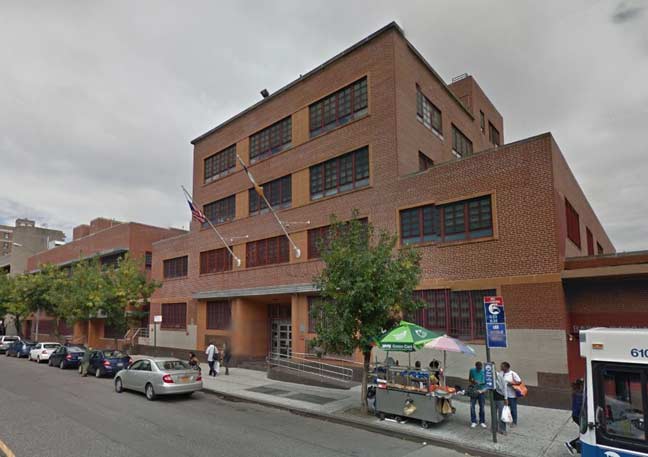
The front of the former building was released to private developers for retail space and the back was retained by the city and redeveloped as a Health Department office that is still there today.
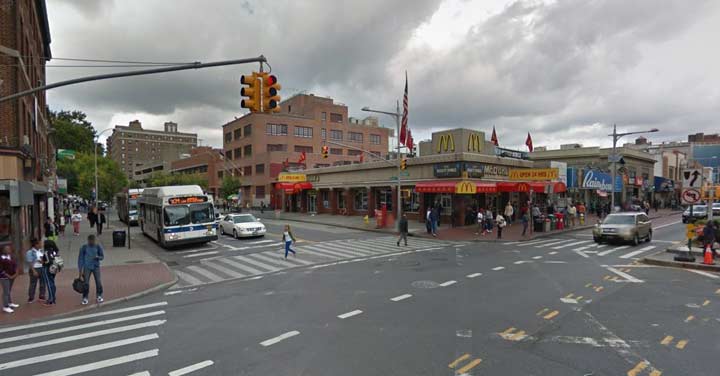
When we look at Flushing Town Hall and how it survived over the century, we should pause to mourn its contemporary in Jamaica. Imagine what could have been if it were preserved. It is presently the site of a McDonald’s that is ironically located next door to a Health Department office.
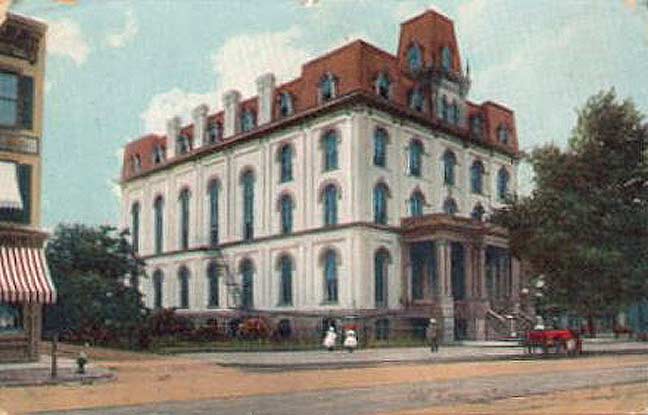
Every country has a county seat, a town that is its capital. For Queens, it used to be Jamaica. After the American Revolution, the national capital and many state capitals were relocated to geographic centers of their respective units. Mineola took up the title and held it until 1874, when Long Island City took the county courthouse and legislature. In 1898, eastern Queens towns that opposed consolidation seceded from Queens to form Nassau County with Mineola as its capital. At that point, Jamaica attempted to regain its title as the capital of Queens but in 1940, the present-day borough hall was completed in nearby Kew Gardens.
Although Jamaica does not have the Borough President’s office in it, it has the borough’s Central Library, Family Court, Supreme Court, Civil Court, Traffic Court, a major LIRR transfer hub and the 165th Street Bus Terminal.
In many ways it still feels like the county seat of Queens.

From my subscription to NY Times historical, I learned that in 1936, local communist groups and “fellow travelers” attempted to use Jamaica Town Hall as a venue for their rallies and lectures. The Queens Borough President at the time, George Upton Harvey (the only Republican so far in that position) vehemently opposed the Marxists from using this public building.

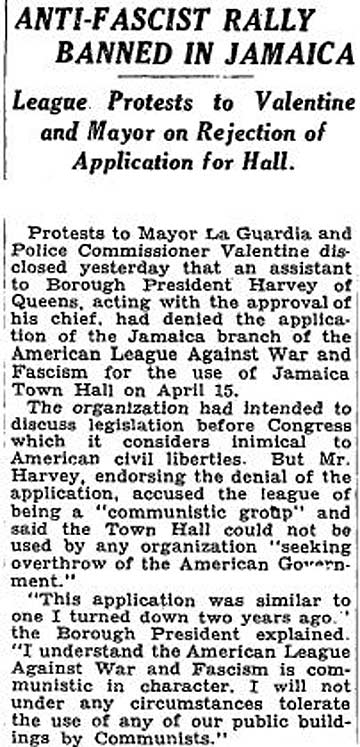
A couple more newspaper clippings from the era just before the building was razed.
10/10/14

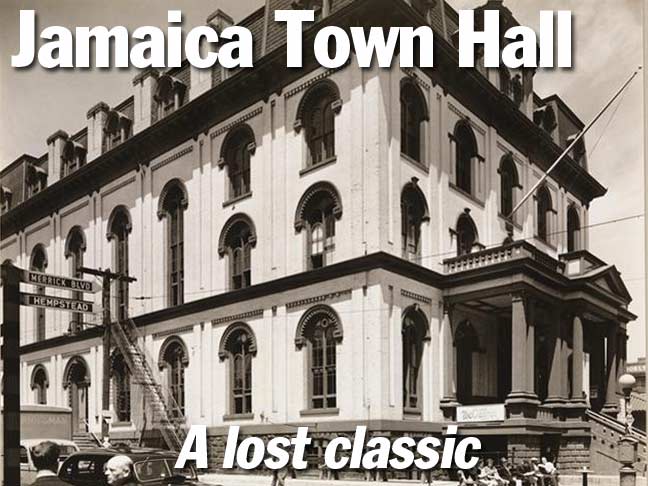
2 comments
Looks similar to the Flushing Town Hall. Same architect?
Perhaps. The Flushing Town Hall predates its Jamaica counterpart by only seven years.
In contrast to the current county seat in Kew Gardens, Jamaica Town Hall was truly an architectural gem worth memorializing.